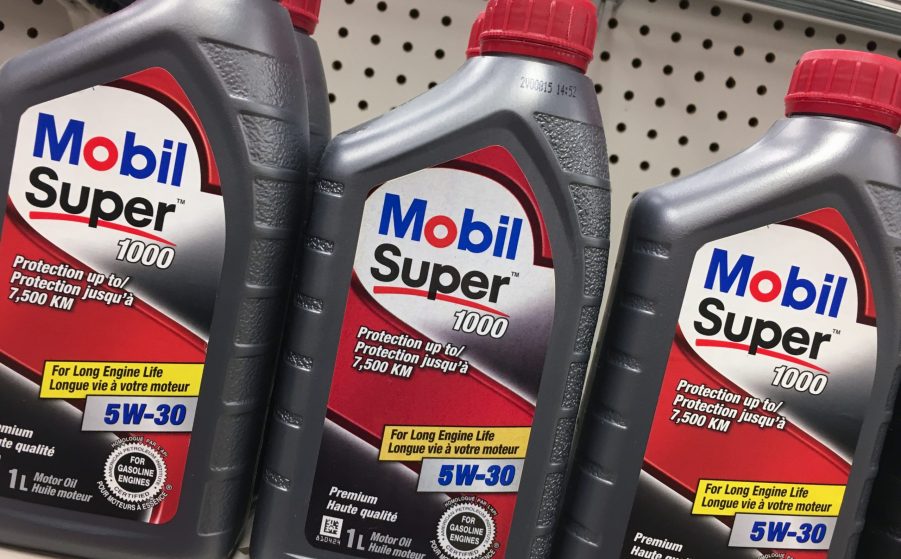
Is It Really Cheaper to Do an Oil Change Yourself?
If you want to increase the lifespan of your car, you’ll want to regularly change its oil. It’s the simplest way to keep your engine happy and healthy for years to come. And oil changes aren’t all that difficult to perform yourself, making it a great starting point for anyone looking to work on cars. But is it actually cheaper in the short term and the long run to do it yourself?

What goes into an oil change?
An oil change requires three basic things: new oil, an oil drain plug gasket, and an oil filter. Now, depending on your car, the prices of each item will vary (except the drain plug gasket, which usually comes in at under .50¢). For oil, it all depends on how many quarts/liters your car takes. You’ll use less oil on a moped than you will a V12 supercar. For me personally (yes, I’m a schmuck that changes my own oil) a 5-quart bottle of Pennzoil Platinum costs $25.
Then there’s the oil filter, which is best to get straight from the dealer. Walk into their parts department, tell them the make and model, and see if they have one/can get one for you (if they’re nice, they’ll throw in the drain plug gasket free). Those will run anywhere from $5 to $20, but they’re usually cheaper to get from a dealership than from a parts shop.
So each oil change costs around $40 to do yourself. Not bad, but not as good as an auto shop. Firestone will do them for $25, and a common practice is to charge less for oil changes to get people in the door, then overcharge for other labor such as air filters and transmission work. By the way, that $40 rough estimate assumes you already have the tools to perform an oil change. If you don’t, prepare for a painful amount of upfront costs.
What tools do you need to perform one yourself?

In terms of hand tools, you’ll only need a socket wrench and a socket to fit your drain plug. Cheap ones go for $10, nice ones go for $20, and a large tool kit can cost upwards of $150. And to collect the oil, you’ll need to fork over another $20 dollars for a drain pan. All of this before the car is even off the ground.
If you’re one of the unlucky ones (like I am), you’ll have to lift your car in order to get under it. Now, a common backwoods strategy is to hop a curb and go from there, but I don’t condone unsafe oil changes. The last thing you want is your car coming down on top of you, so don’t skimp good lift equipment.
And do your research, some brands and their stands offer questionable safety. Personally, I bought my Performance Tool floor jack and stands from RockAuto. And I haven’t died yet! For equipment rated to lift 3 tons (well more than my car weighs, but better safe than sorry), that all ended up being $250.
So your first oil change will cost around $400. You’ll spend more or less depending on the quality of your tools, but that still leaves one unanswered question: why do it yourself in the first place?
If you others will do it cheaper, why do it yourself?

There seems to be no reason to do it yourself, but in actuality, those cheap oil changes provided by shops are exactly why people change their own oil. For starters, while there isn’t necessarily a “bad” oil brand, they’ll use cheaper oils that won’t last as long. The same goes for the oil filter, unless you go to an actual dealership where they put an OEM one in.
And then there’s over-tightening. When performing your first oil change, you’ll likely struggle to get both the drain plug and oil filter off because shop mechanics tighten the hell out of them. They’re using electric tools, which certainly save time, but are unnecessarily powerful. You can and should a socket wrench to tighten your drain plug until it won’t budge, and then tighten your oil filter by hand.
So to answer your question, no. Changing your own oil is not cheaper (unless you drive a Bugatti). If anything, it’s more expensive. But the little details like knowing exactly what’s in your car, and the pride of knowing you did it yourself, makes DIY oil changes worth the time, money, and overall struggle.


